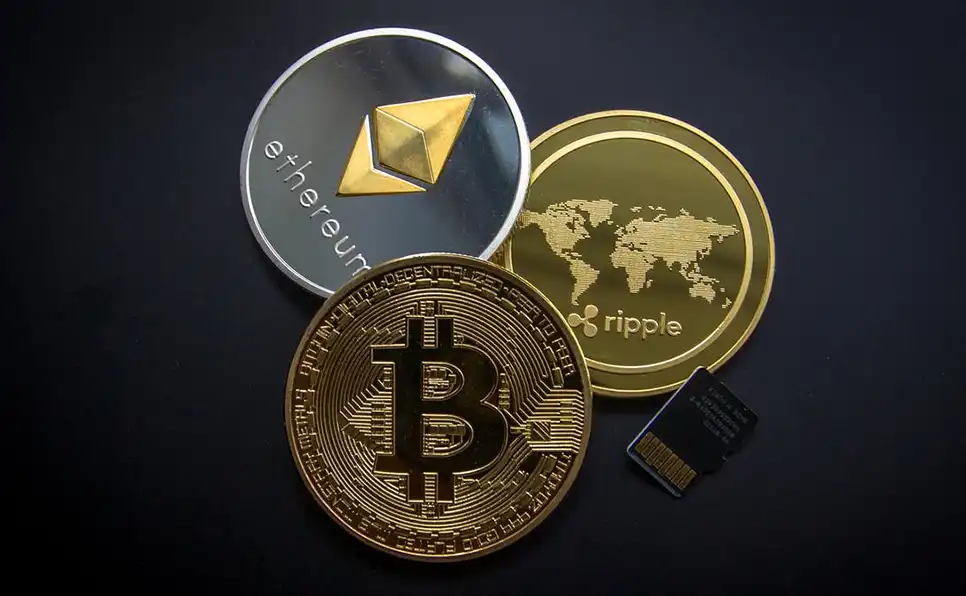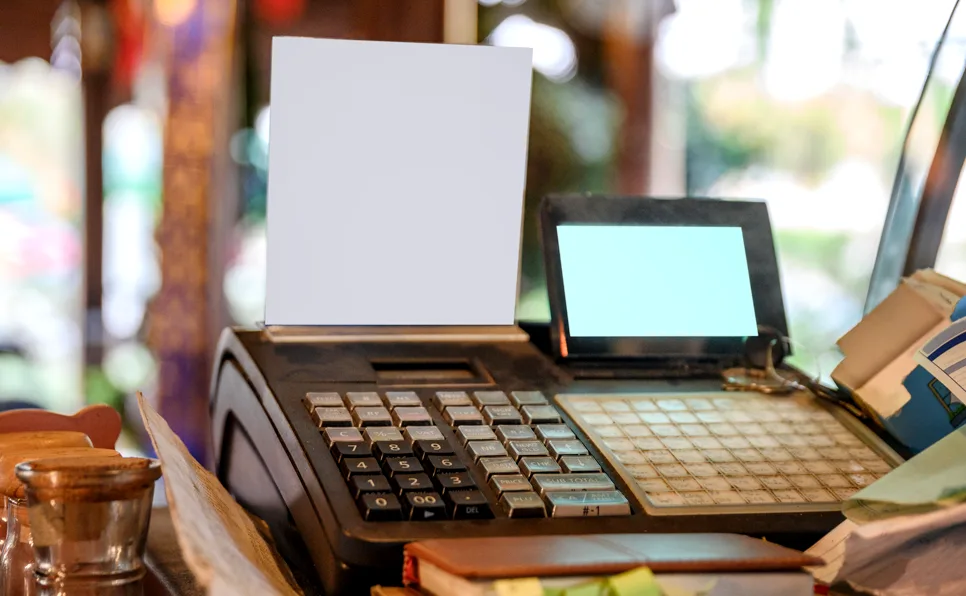The recent upsurge of cryptocurrency brought forth prominent players & investors. This inadvertently also led to the rise of fake investors & crypto exchanges. But as of 2022, the market revenue of crypto has plummeted significantly. And the main reason for this is the crypto scam plaguing investors. Because cryptocurrencies are relatively new in the market, inexperienced investors are often falling prey to such swindles amidst its nonchalant hype and promise of quick & easy returns.
It was only in 2021 that a Singapore-based blockchain data platform got robbed out of a record $14 billion, whereas Axie Infinity got hacked and was robbed out of a whopping $615 million. With a little bit of research and googling about Crypto frauds, you will come across hundreds of other such reported cases of crypto scams. The most infamous crypto scam so far has been the Squid Game token. Crypto has created the Fear of Missing Out syndrome among gullible investors who invest in these speculative schemes and are left with nothing. The reason is mainly because of a lack of regulation in the crypto market.
Does that mean should we stop investing in cryptocurrencies? No! There are many genuine crypto platforms where you can invest safely. We just need to be more cautious and learn how to differentiate between a fake and a genuine crypto project! This guide will help you navigate the same.
To start with, let us understand what the methodology of a fraud cryptocurrency is:
The whole saga starts usually with a launch of a new cryptocurrency platform with exaggerated and promising returns. Then an Initial Coin Offering is held to procure money from a pool of investors. This is followed by halting the operations. And finally, the individuals holding the ICOs vanish in thin air leaving the investors high and dry. Usually, the scammers conceal their identity, conduct business in a decentralized and anonymous virtual currency environment, and make it difficult for individuals to track and trace. This charade continues if investors keep falling for these without proper background checks and research.
So, how to identify fake crypto projects from a real one?
1. Documentation (White Papers)
A white paper is easily one of the sure-shot ways to differentiate a fake crypto project from a genuine one. It is a critical marketing document that pitches the idea to prospects and potential investors. A white paper will have all the details and fundamentals of the token you are about to purchase. The white paper will also cover the blockchain design, the name of the token, the address of the creator, the contact source, and other minute details. If any of these details are missing, it can serve as a red flag, raising questions about the legitimacy and transparency of the crypto. But here is the deal: Having a white paper does not on its own justify the legitimacy of the currency. For example, Bitconnect’s Ponzi scheme did not have any white paper that extracted $2.6 billion as project value. Whereas Plexcoin, on the other hand, had very convincing white papers and yet managed to swindle $15 million. Hence, we need other checks to ensure the crypto we are investing in is genuine.
2. Detailed Road Map
Peer into the intricate details of the crypto you are planning to invest in. Learn about the purpose, method, USPs, and utilities of the crypto you are interested in. If you come across a project that does not specify solving a definite problem, you can skip that one.
3. Exaggerated Promises, Ludicrous Claims
The niche term is “Rug-Pull”. A scheme where scammers launch a new coin, promote it aggressively with the promise of high returns and as soon as investors spend their money, the platform dissolves and its participants go AWOL. Phishing emails and social media handles are targeted to trap gullible first timers. Patience is the key and anyone promising easy and high return should raise suspicions. And hence, to be avoided.
4. Tracking the Team:
Gather as much information as you can about the creators and the team managing it. From websites to social handles, dig deep into the background of the creators to authenticate. Scammers often leverage the name of a celebrity and create fake accounts. Always keep an eye out for the responses on these posts. Another way of doing this is to keep a tab on their mutuals and connection and reach out to other people who are following them. Also, cross-refer with your friends, family, or any expert to corroborate.
5. Token Sales:
Most fraud companies will hide the token sale progress from the investors. By doing so, they create a sense of urgency as investors have no clue when the deal is going to close. This lack of transparency is a tell-tale sign, something is not right. Usually, for any new projects, ICOs have a large audience on social handles, creating a platform for transparent and open discussions. Without such transparency and real-time updates on token sales, investors must be cautious to avoid these.
6. Marketing Strategy:
Usually, a genuine project would adopt long-term methodologies. However, a fake crypto project will aggressively push its products with quick returns and no long-term planning. Do consult among your friends and experts before committing to a project.
7. Be Cautious:
Swindlers will create fake accounts, use fake videos with prominent faces and lead the investors astray. If such is the case, make sure to trace the information to its source to establish credibility.
8. Fraudulent URLs:
Most hoaxes start with a fraudulent website. If the website is not secured and lacks the “lock icon” in its URL, chances are the website is unsafe and the project is an outright scam. Also, ensure the new coin is trading on popular exchanges. Vigilance is the key to avoiding getting scammed.
While scammers and fraudsters are always looking for new ways to swindle people of their money, investors should leverage digital platforms and the incessant information access to effective use. Before investing, make sure to spend as much time as required to get all your facts right. Once, you have done that, take some more time to consult with experts. And then and only then, invest.




